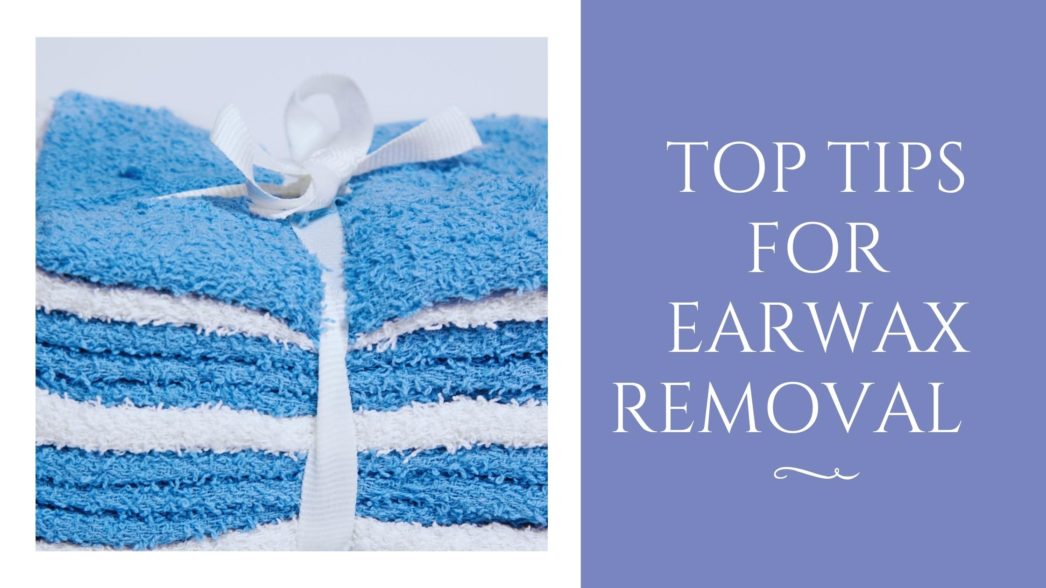How do you know if you need to remove your earwax? This question has a variety of answers, but the expert opinion should be left to your doctor. We know that earwax is unsightly and has an undeniable “gross-out” factor, but the substance is also crucial to ear health. Without earwax to provide a protective and moisturizing layer around the sensitive components of the inner ear, we might suffer from debris, dirt, or bacteria invading that inner space. In the best cases, earwax is a self-regulating mechanism of the ears, balancing a thin protective layer without producing an overabundance.
However, some ears tend to produce too much, leading to a number of painful or disturbing symptoms. When it comes to earwax removal, your doctor is the first line of recourse. Beginning with an expert medical opinion makes it possible for you to better understand how much earwax is too much. In some cases, though, you can pursue safe home remedies to get the process moving. Let’s look at the function of earwax in a healthy ear, as well as what you can do to remove excess at home. If that excess goes beyond these simple removal techniques, then a trip to the doctor is necessary.
The Function of Earwax
Otherwise known as cerumen, earwax forms a vital purpose in the ear canal. Both moisturizing the parts of the canal that are exposed to air and protecting from outside invaders, earwax works as a trap for the bad and a seal for the good. Despite this crucial function, many people feel the need to remove earwax from within the canal. In most cases, this removal is not necessary. Healthy ears achieve their own internal balance of earwax to work at their best. The only cleaning you should need to provide your ears is an external wipe with a damp cloth in the outer folds of the ear. As a rule of thumb, you should never put anything smaller than your elbow in your ear. As you can imagine, a cotton swab falls into that category! By simply wiping the outer ear with a damp cloth with mild soap, you can remove any visible earwax that emerges from the canal.
Excess Earwax
With these principles of earwax maintenance in mind, what does it mean to have excess earwax? If you are accumulating excess earwax, then you will have some of the associated symptoms. These symptoms include earaches, muffled or lost hearing, tinnitus, headaches, vertigo, and ear infections. If you are encountering any of these symptoms, it is possible that excess earwax is to blame. However, another underlying condition might be causing these symptoms, as well. For this reason, it is crucial to visit your doctor if you have one of these symptoms. There is one at-home remedy you can safely undertake if you feel that your earwax balance is unhealthy.
Using an eyedropper, you can put two drops of mineral oil, baby oil, glycerin, saline, or hydrogen peroxide into the ear. Next, you can wait for 30 minutes to one day for that solution to soften any of the hardened earwax that might have accumulated in your ear. After the solution has had time to do its work, you can use a syringe to squirt warm water into the ear. Pulling the outer ear will help to straighten the ear canal and to allow the water to reach the point of the excess earwax. Next, turn your head to the side and let all the water run out. You can repeat the warm water flush several times if you like.
If the earwax is not softened enough, you can repeat the process again. Be sure to dry the outer ear completely after engaging in the cleaning method.
With proper cleaning and care, you should find that earwax can reach its own equilibrium. If that balance is not achieved, contact us to see if earwax removal is necessary for you. Though you might have some discomfort in the ear right now, treatment and cleaning by a professional will make it possible to enjoy healthy ears with the natural protection of earwax once again.


